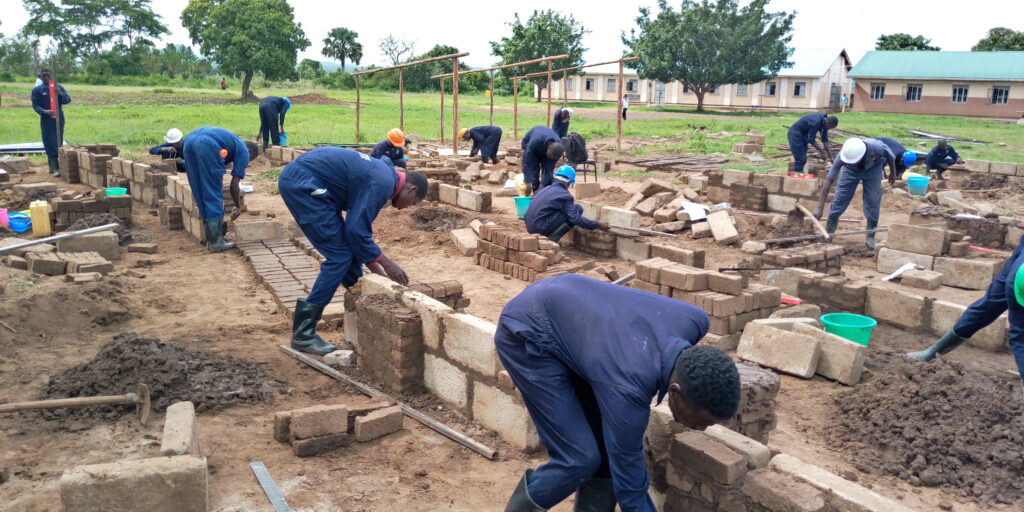Kalongo Technical Institute (KTI) is a Roman Catholic Church founded Government-Aided Institution of learning that was established in January 1983 with the aim of providing opportunities for young people in Agago and neighboring Districts to get access to Technical and Vocational Training. At that time the only technical school available in East Acholi was Kitgum Technical Institute and could not meet the growing demand for technical and vocational skills training.

Kalongo Technical Institute is located 4 kilometres from Kalongo Town Council and 2 kilometres off Paimol Road in Lela Kale village, Parumu parish, Parabongo sub-county, Agago District in Northern Uganda. From 1972 to 1999 Agago was a county in greater Kitgum District. In 2000 when Pader District was curved out of Kitgum District Agago was part of Pader District until 2011 when it too attained district status. Agago was one of the Districts in Acholi sub-region worst affected by the Lord’s Resistance Army (LRA) war which lasted for 2 decades.



The Kalongo Times is a news publication which celebrates progress and development in Kalongo town and the wider Deaconry (formally Kalongo Mission). The Deaconry encompasses present-day Agago, part of Pader, part of Kitgum and part of Abim.

